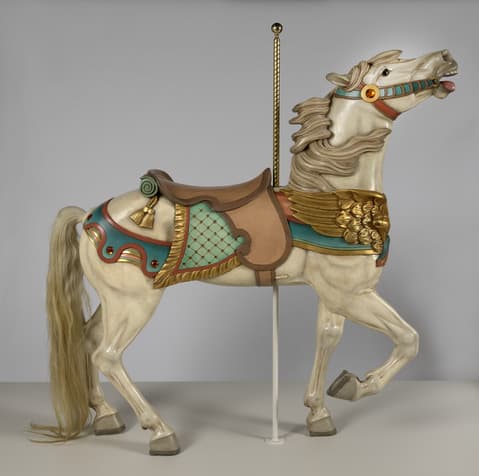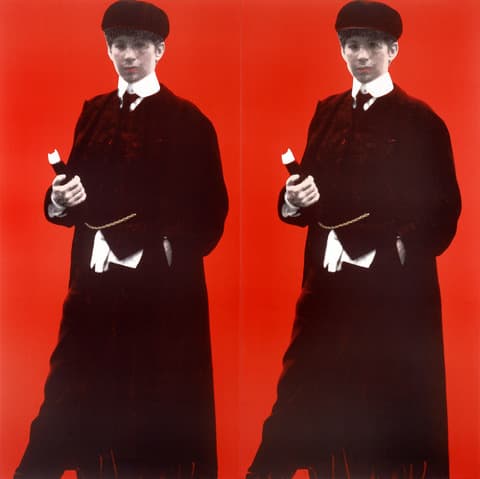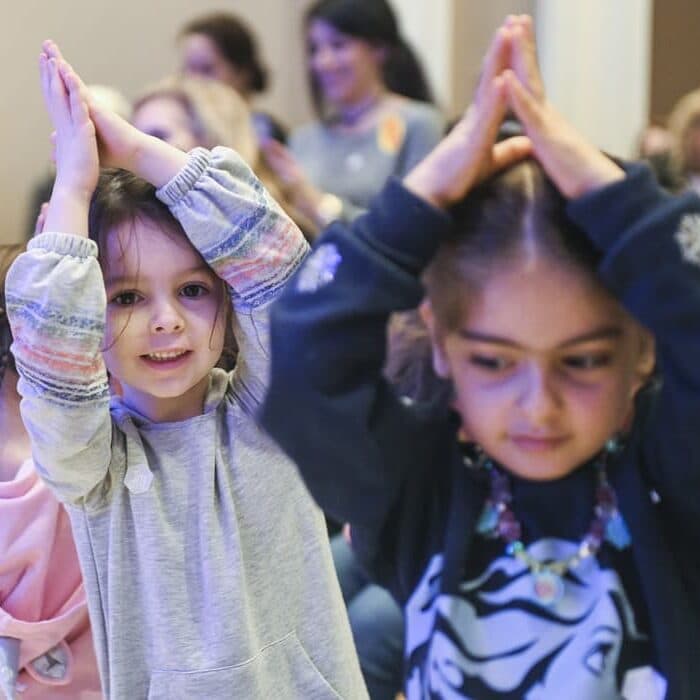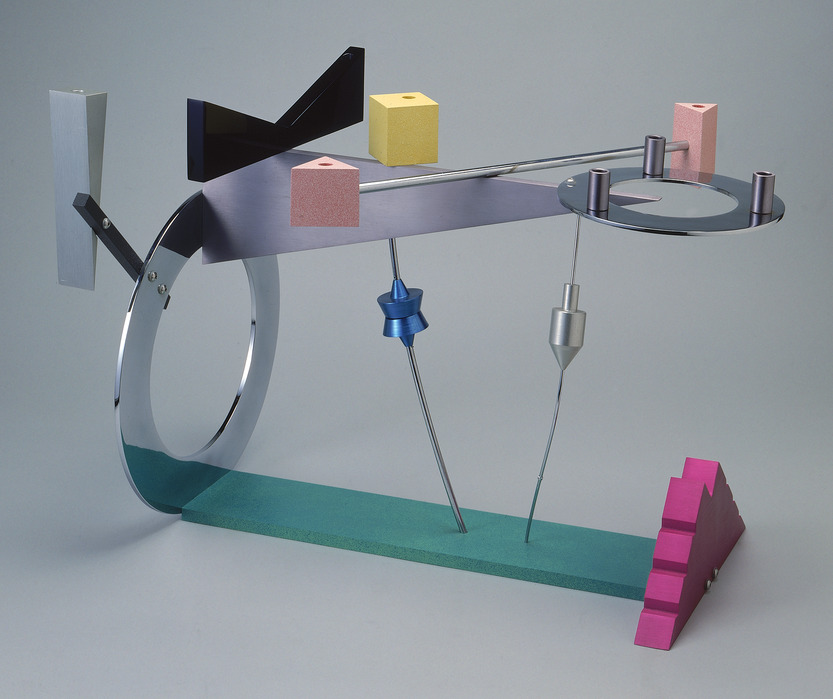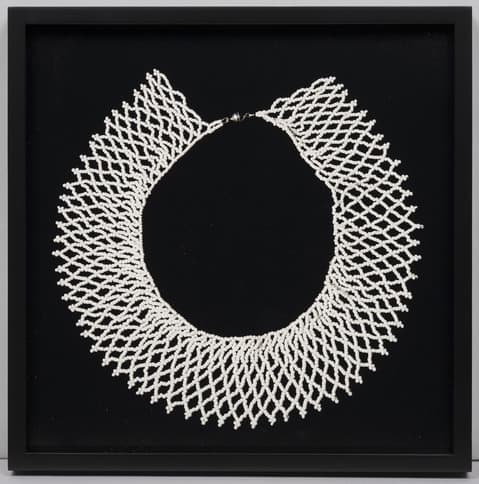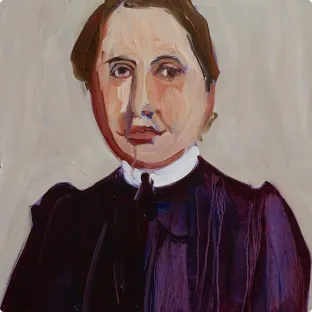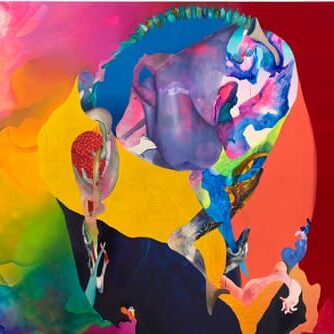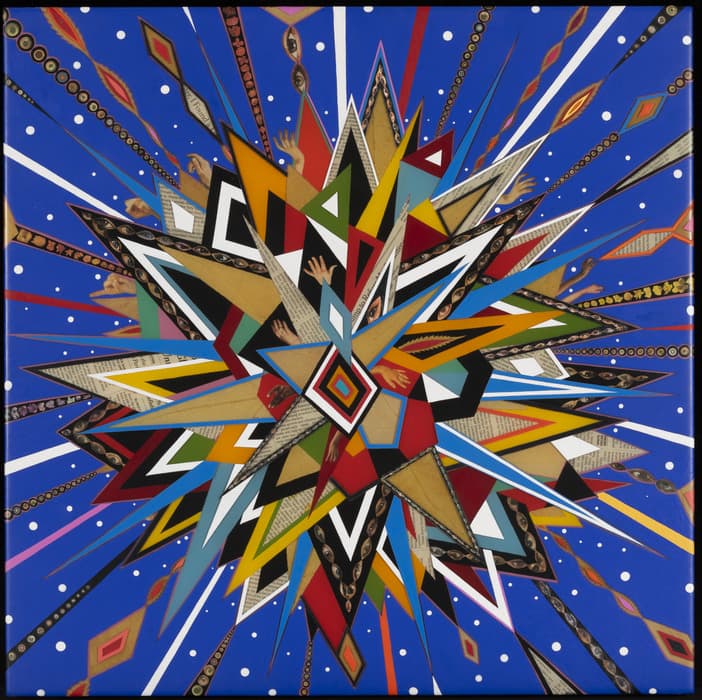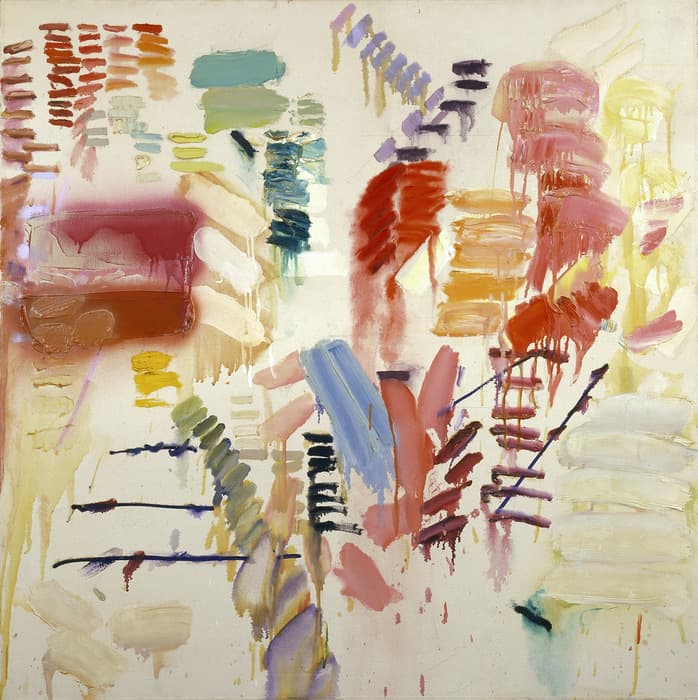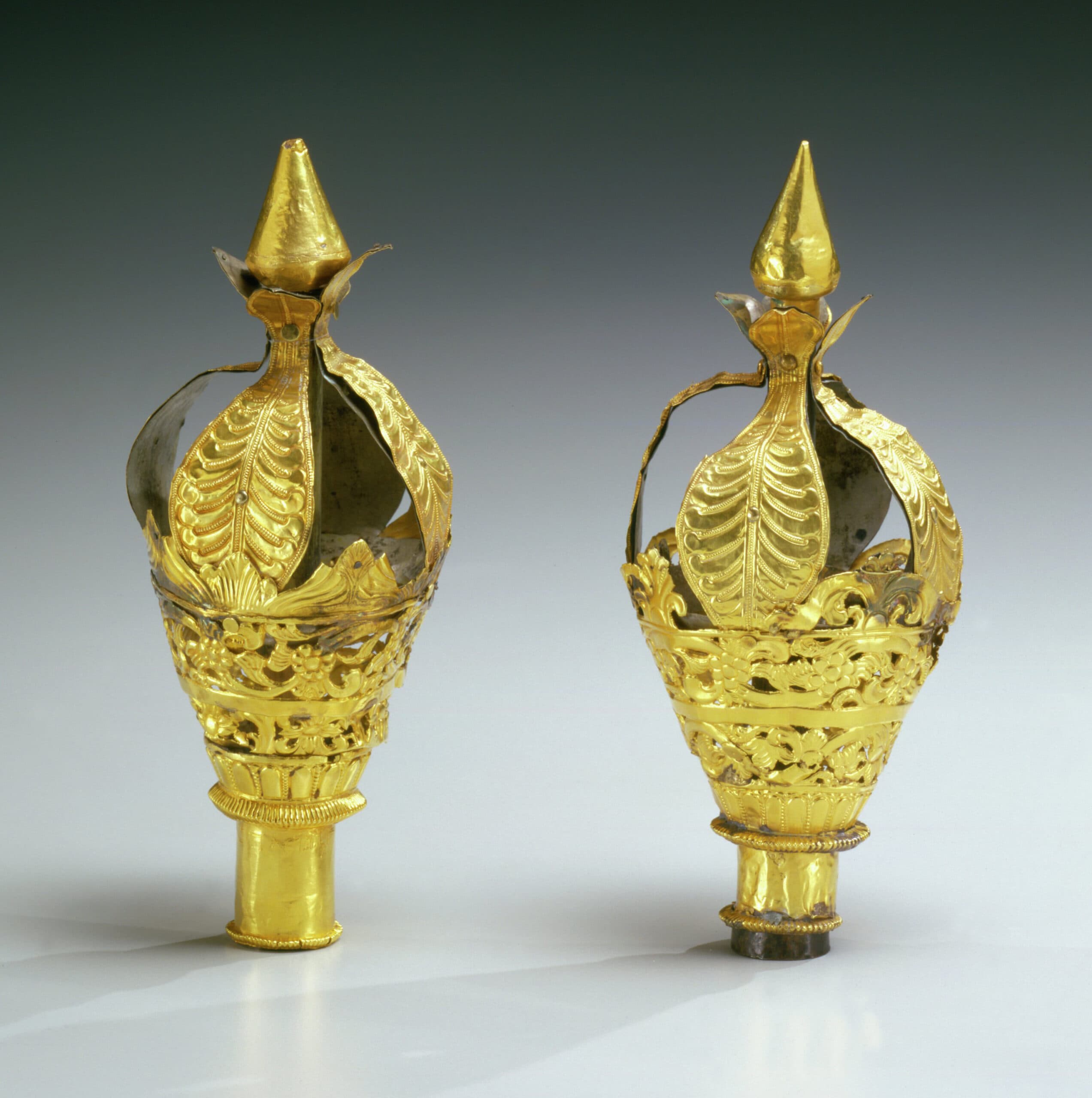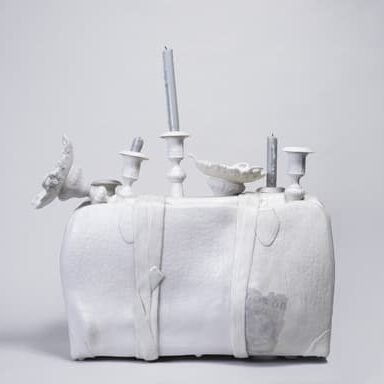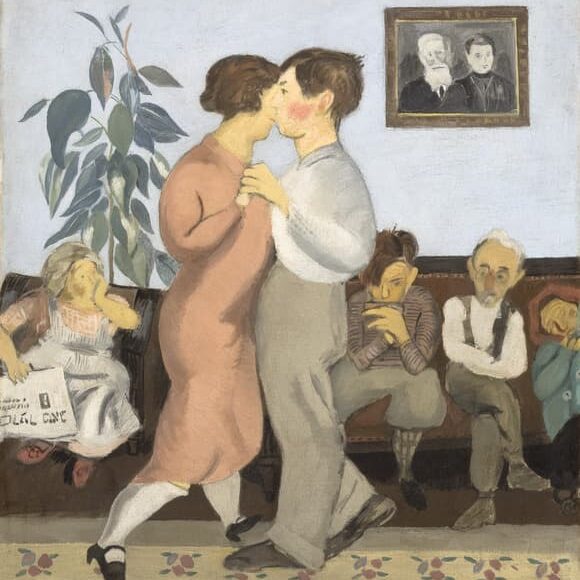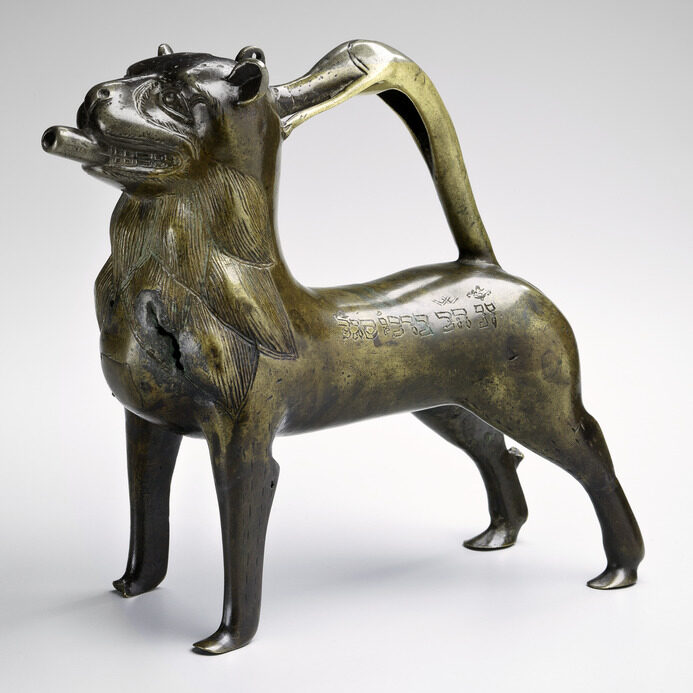The Jewish Museum Announces Summer 2015 Lineup for Sights and Sounds: Global Film and Video

Exhibition Series Features Works from Nigeria, India, Cuba, and New Zealand
New York, NY – The Jewish Museum’s exhibition series Sights and Sounds: Global Film and Video continues with a diverse lineup of month-long presentations featuring recent film and video works from around the world. Upcoming programs include Nigeria (May 2015), India (June 2015), Cuba (July 2015), and New Zealand (August 2015).
Over the course of two years from through 2016, Sights and Sounds is exploring new works selected by twenty-five curators from different countries, introducing New York audiences to the latest developments in filmmaking within the art context worldwide. Each curator has chosen new film and video works from their respective regions – including Argentina, Vietnam, Angola, Israel, China, and others. Their selections are screened for one month each in the Museum’s newly refurbished media center, which has been transformed into a miniature cinema. The works in Sights and Sounds touch on themes significant to both Jewish culture and universal human experience, including spirituality, exile, language, conflict, family, humor, and history. A full list of participating curators follows below.
Upcoming presentations:
Nigeria, curated by Jude Anogwih – May 1 – May 28, 2015
Nigeria is an amalgam country, constantly bombarded by global culture, politics, and aesthetics. As the first African country to build a national television station in 1959, film and video art have been sites of innovation and creativity in Nigeria for many years. Wura-Natasha Ogunji’s Will I Still Carry Water When I Am a Dead Woman? questions the role of women in Nigerian society by depicting women in Afrofuturistic costumes walking through the streets of Lagos with water kegs tied to their ankles. Uche Okpa-Iroha inserts himself into 40 film stills from The Godfather (1972)—a comment on the absence of black men in the Hollywood canon. Mudi Yahaya’s For Crown and Country calls attention to the influential role television has played in Nigeria with an artfully edited retelling of the country’s history through archival photographs and broadcast footage. Emeka Ogboh draws inspiration from recent political upheavals and religious clashes in the Nigerian city of Jos in his film of ominous clouds, which act as a metaphor for the turbulence, foreboding, calm, and serenity in conflict zones around the world.
India, curated by Nancy Adajania – May 29 – Jun 25, 2015
While most recent video art produced in India responds to the transformations of 1990s, including the economic liberalization that ushered in new technologies like video, television, and the Internet, the works in this series are more expansive and unpredictable. Ranbir Kaleka explores the forest as a metaphor for self-knowledge though a montage of characters appearing in a forest clearing. Gigi Scaria’s Political Realism features a series of computer-generated tableaux vivants that depict the dismantling of public monuments. Sahej Rahal intersperses footage of the NASA space shuttle Endeavor with recent video of Pir Ghaib, the Indian observatory and hunting lodge built by the 14th-century sultan Ferozshah Tughlaq in his film Forerunner. Ayisha Abraham’s documentary I Saw a God Dance is an experimental documentary about the legendary dancer Ram Gopal (1912-2003) who popularized classical Indian dance in the West.
Cuba, curated by Mailyn Machado – Jun 26 – Jul 30, 2015
Lack of access to new technologies has resulted in the development of unique networks and communities within Cuba, while video serves to offset the state monopoly on the media by communicating directly with its audience. Sandra Ramos’s short animation Naufragio (Shipwreck) evokes migration by placing archetypal Cuban characters inside floating glass bottles. Diana Montero documents her return to the Cuban town where she grew up in homage to her ailing mother, whom she is unable to visit in the United States. Reynier Leyva Novo’s Deporte Nacional (National Sport) is a montage of game-changing plays that explores the meaning of baseball in Cuba as a site of power, politics, and national loyalty. Vanessa Portieles and Yanelvis González’s fictional film set in Havana in 1994 features a former prisoner who is wrestling with his familial obligations and a desire for freedom.
New Zealand, curated by Natasha Conland – Jul 31 – Aug 27, 2015
The environment has appeared in recent years as a major provocative theme among a new generation of video artists in New Zealand. In these films, land is seen less within the framework of the picturesque or the touristic, but through issues of ownership, subjectivity, and personal freedom. Sriwhana Spong investigates notions of private and public in her personal meditation on the loss of a beloved public beach. Shannon Te Ao, who is of Maori descent, reads a 19th-century Maori ballad expressing a desire to find roots and establish relationships. Blaine Western uses long, languid shots to explore the dense forest of the Urewera National Park and its visitor center, the site of acrimonious and prolonged negotiations between the state and the Tuhoe tribe. Gavin Hipkins’ The Port juxtaposes images of 18th-century architectural astronomy instruments located in India with New Zealand landscapes, suburban architecture, and street views of Stonefields—Auckland's new master-planned community built on a former quarry.
Sights and Sounds Curators (In Alphabetical Order):
Nancy Adajania – India
Miguel Amado – Portugal (September 2014)
Jude Anogwih – Nigeria
Emre Baykal – Turkey (January 2015)
Zoe Butt – Vietnam (February 2015)
Natasha Conland – New Zealand
Joselina Cruz – Philippines
Patrick D. Flores – Singapore (October 2014)
Juan A. Gaitán – Colombia
Daria Ghiu – Romania (March 2014)
Erin Gleeson – Cambodia (Nov. 2013 – Jan. 2014)
Inés Katzenstein – Argentina
Miguel A. López – Peru (April 2014)
Carol Yinghua Lu – China (July 2014)
Mailyn Machado – Cuba
Josh Ginsburg – South Africa
Melanie O’Brian – Canada (May 2014)
Luiza Proença – Brazil (February 2014)
María Inés Rodríguez – Mexico (March 2015)
Suzana Sousa – Angola (June 2014)
Tijana Stepanović – Hungary (April 2015)
Chen Tamir – Israel (August 2014)
Wayne Tunnicliffe – Australia (December 2014)
Joanna Warsza – Poland (November 2014)
Sights and Sounds: Global Film and Video is organized by Jens Hoffmann, Deputy Director, Exhibitions and Public Programs, and Rebecca Shaykin, Leon Levy Assistant Curator.
Press contacts
Anne Scher, Molly Kurzius, or Alex Wittenberg
The Jewish Museum
212.423.3271 or [email protected]
